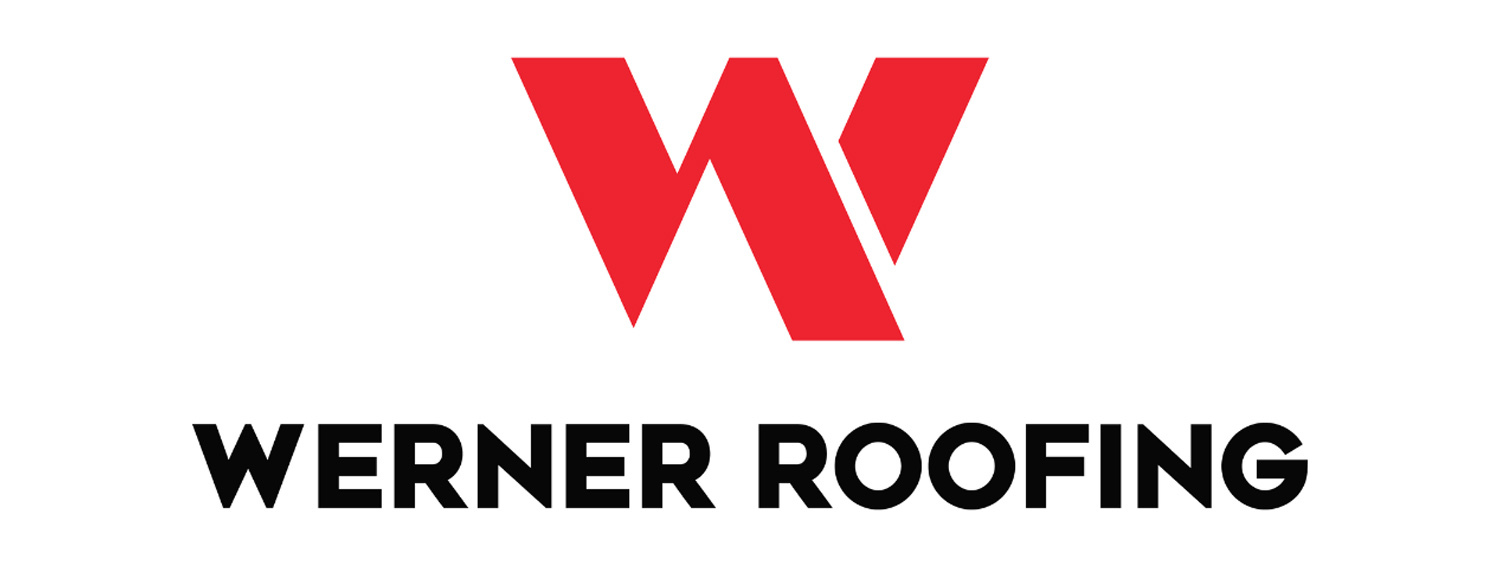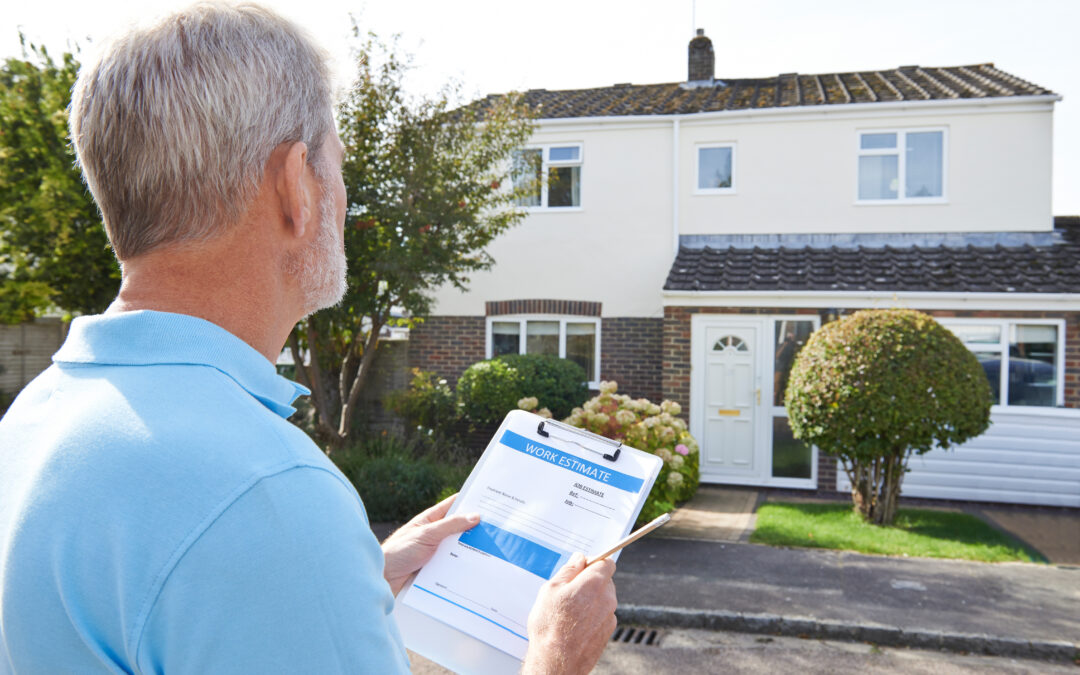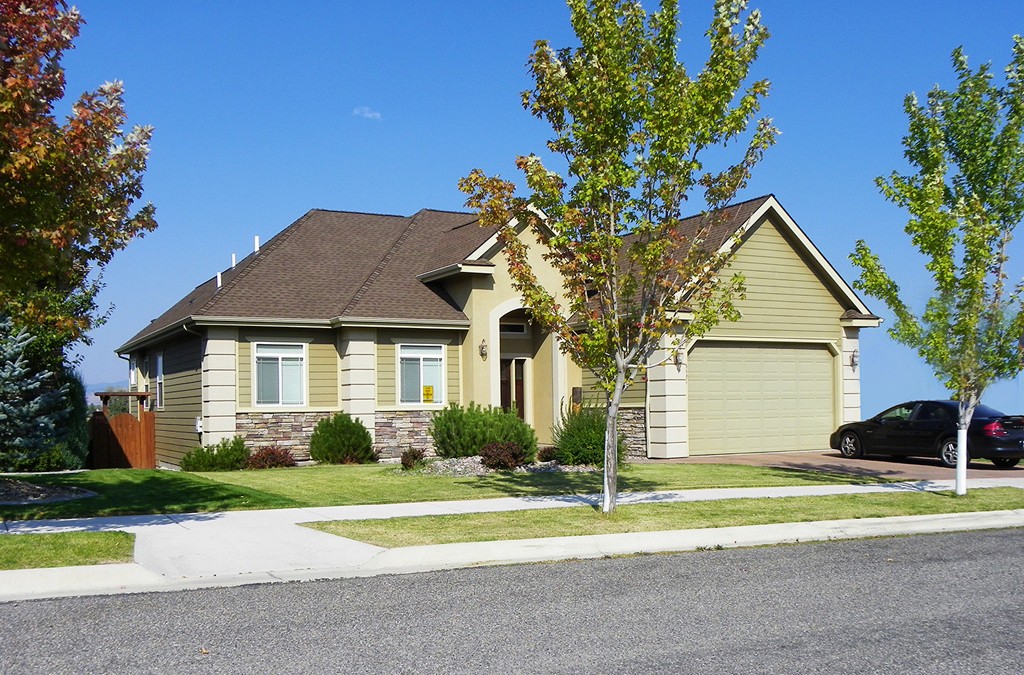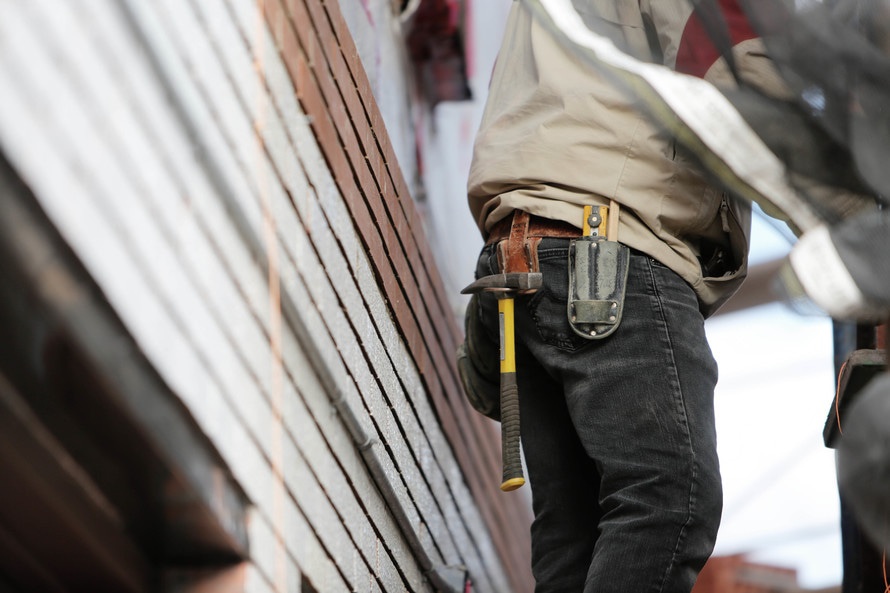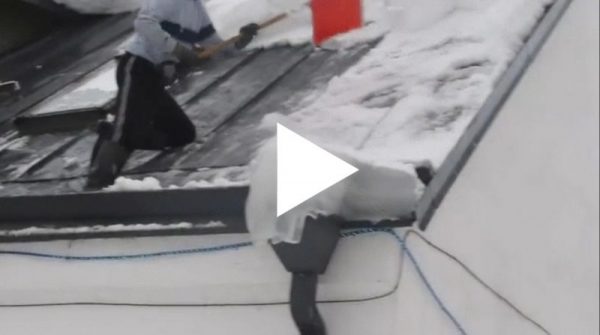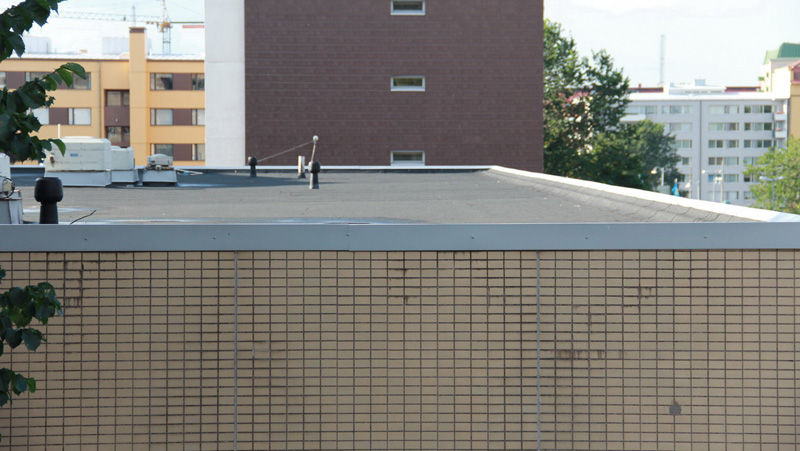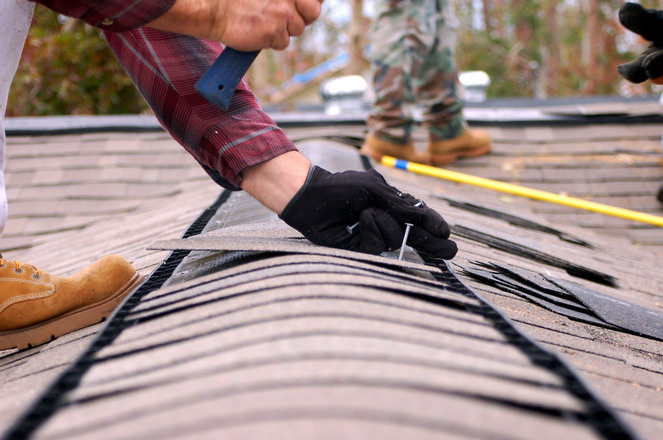
New Roofing: Tear Off vs. Overlay
Tear-Off vs. Overlay Roof: Which Is Best for My Home?
If your roof is starting to show signs of wear or old age, it may be time for a roof replacement. While that can be an expensive project, it’s an important one to get done sooner, rather than later — and it’s an important one to get done right. After all, your roof is one of the main components protecting your home and family.
But what many homeowners don’t know is that there are two main methods of roof replacement: tear-off and overlay. Let’s take a look at tear-off vs. overlay roofs, discuss the difference between them, and determine what may make one choice more suitable for your home than the other.
What’s the Difference Between Tear-Off vs. Overlay Roofs?
Let’s start by defining each roof replacement method. While their names are fairly self-explanatory, it’s important to know the details of each one before making a decision.
- Tear-off roofs are when a roofing contractor removes, or “tears off,” your existing roof, then installs an entirely new one.
- Overlay roofs are when a roofing contractor keeps your existing roof as-is, then places new roofing materials on top of it.
Tear-Off vs. Overlay Roof: Which Is Best for My Home?
So which is the better roof replacement option for your home? Well, it depends on a few factors. For example, you’ll want to take things like your project goals and budget into consideration.
To help with your decision-making, let’s take a look at a few of the pros and cons of each method.
Tear-Off Roofs — The Pros
The tear-off method is the most common roof replacement method — and for good reason. Some of the benefits of a tear-off roof include:
- It’s a full replacement. When you opt for a tear-off roof, your new roof will be just that: new. Any roofing problems will be addressed and fixed, so the finished product will be perfect.
- You’ll enjoy better quality. Since your entire roof will be replaced, your roofing contractor will be able to repair high-risk areas. They may even install new flashing, ensuring your home is watertight for years to come.
- It will last longer. A tear-off roof will last longer than an overlay roof. This is mostly due to the fact that a new roof will trap less heat than one with multiple layers.
- It will add value to your home. Thinking of selling your home soon? A new tear-off roof is a great selling point and can add to your home’s resale value tremendously.
Tear-Off Roofs — The Cons
The main disadvantage of a tear-off roof is that it’s the more expensive option. Due to higher labor costs, tear-off roofs can be priced as much as $1,000 more than their overlay counterparts. However, if your goal is to have a roof that you don’t have to worry about for the next few decades, the additional expense is well worth it.
Overlay Roofs — The Pros
The overlay method is popular among homeowners who want an updated look but would like to stick to a tighter timeline or budget. They enjoy the following benefits of an overlay roof:
- It’s more affordable. Simply adding another layer of shingles doesn’t require as much labor as it would take to remove them first. Therefore, labor costs are much lower for overlay roofs.
- It’s a faster turnaround. Since overlay roofs require less work, they can be completed in shorter timelines. This is great if you need a new roof immediately or want to avoid too much disruption to your regular lifestyle.
Overlay Roofs – The Cons
While overlay roofs are more affordable and quicker to install, they do unfortunately come with their fair share of drawbacks. Here are a few things you’ll want to be aware of:
- You can only overlay it once. It’s important to know that you can only choose this option if your home’s roof wasn’t overlaid previously. Your roof can’t sustain more than two layers of shingles.
- It won’t last as long. Shingles installed on top of other shingles generally won’t last as long. And when you’ll eventually have to replace them, you’ll have to invest the additional time and labor resources into removing two layers instead of just one.
- It adds weight. You’re literally adding another roof on top of your home. If your home is older or not structurally sound, this may put its integrity in jeopardy.
- It may not look as good. Since your existing roof has seen years of wear and tear, it probably isn’t level, and likely has shingles that are curling up or lifting. Some of those issues can’t be resolved by simply covering them up.
- It’s more difficult to track leaks. If your new roof develops a leak, it will be more difficult to figure out where it’s coming from with multiple roof layers. The water can even travel between layers, then poke through somewhere else — making patching a serious chore.
- It can negatively affect resale value. If you plan to sell your home anytime soon, an overlay roof can have a negative impact on your resale value. It would be better to opt for a brand new, tear-off solution.
No matter which roofing option you choose, make Werner Roofing your first call! Before we do anything, we’ll visit your home for a free professional inspection and honest assessment. Then, we’ll get started installing the new roof you’ve been waiting for. All you have to do is sit back, relax, and enjoy your home’s enhanced protection and curb appeal. For more information, give us a call at (616) 844-5382 or contact us online.
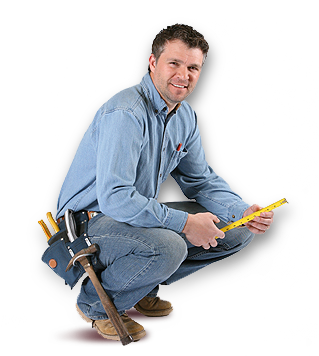
OUR FREE ROOF INSPECTION
How do you know when it’s time for a new roof? The only way to be sure of your residential roof’s current condition is to have a licensed professional personally inspect it. Werner Roofing is proud to offer free roof inspections for every client, so you can be sure of your roof’s condition. Every Werner Roofing inspection comes complete with our promise: “We won’t recommend or sell a roof replacement unless it’s necessary.”
